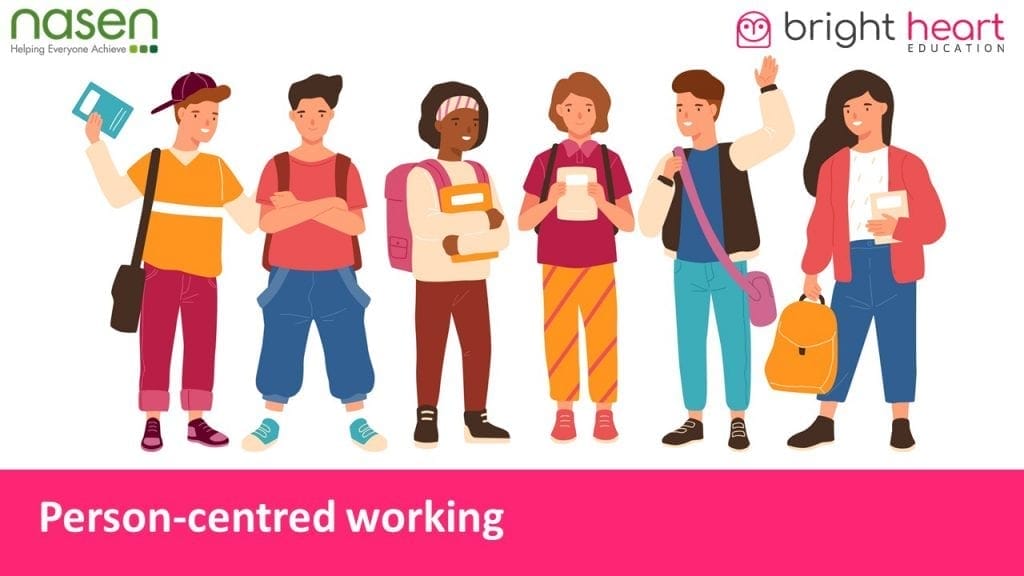Homeschooling is becoming increasingly prevalent. We outline reasons to consider hiring a tutor to help.

Bright Heart
Homeschooling your child? Have you encountered some road-blocks to learning that require additional support?
Here are 4 reasons to consider hiring a tutor for your homeschooled child.
Using a tutor when homeschooling your child
Homeschooling is becoming increasingly popular. It is estimated* that ~58,000 students are currently being home schooled across England alone. This represents a 27% year-on-year increase.
Making the decision to home educate
There are many reasons why parents choose to home educate, particularly when tackling the challenges of special educational needs.
This can include their child’s comfort in the home environment if suffering from anxiety, practical reasons due to health and mobility challenges, behavioural issues in the school environment or recognising that their child is not getting the one-to-one attention they need for their unique style of learning. Homeschooling is also possible through online tutoring where written work can be shared or discussed dynamically. This can work well for those children who enjoy technology.
If you are unable to provide the intense, early intervention and support that your child needs, you may wish to consider hiring a tutor.
4 reasons to hire a tutor for your homeschooled child
-
Your child is getting older
During the years from 10 to 14 children begin to become more self-aware. If your child has fallen behind with his or her learning, it is therefore important to tackle this before it starts to significantly impact their self-esteem. At this age they compare themselves to others and become acutely aware of their deficits – whether real or imaginary. It is very beneficial if your child develops good rapport with a qualified and experienced tutor as a supporting and positive influence.
Homeschooling can also limit harmful bullying during this phase. Awareness is still needed for cyberbullying, however. A tutor can provide positive support if this is an issue as they represent another reference point besides parents. In these instances an holistic approach is advantageous relative to a purely academic focus. -
Your child is not making sufficient progress at home
With the variety of underlying causes of learning difficulties, some students have more of a deficit in working memory, processing speeds and executive function than others. This may result in slower learning and you might find your child is not making sufficient progress at home. In this instance, your child can really benefit from the experience of a patient and experienced tutor guiding and supporting their efforts on a regular basis. -
If your family dynamic makes offering consistent support to your child a challenge
There are limited hours in the day and sometimes the demands of modern life and parenting make it challenging for parents to be consistent enough with their children in order to effect the change that is needed. Regular and consistent tutoring is recommended to ensure much-needed input and progress. This is particularly important for children with special educational needs. -
If teaching your child is putting strain on your family relationships
Children with learning difficulties such as dyslexia, autism and ADHD often have a low threshold for frustration and this can result in meltdowns and/or anxiety. This has a ripple effect of creating high levels of stress in the home. Children will often behave better and try harder for a tutor who they see two or three times a week than they do for their parents. This may or may not be true for every family, but if it’s true for yours, hiring a qualified tutor with a nurturing approach to learning may be highly beneficial to your child as well as removing unnecessary stress and tension at home.

I'm homeschooling my child, should I use a tutoring agency?
Hiring a tutor through a tutoring agency generally provides numerous benefits. Find out more on our blog Should I Use a Tutoring Agency?
At Bright Heart, we are always happy to discuss what is best for parents. We offer a free, no obligation in-person consultation. Feel free to get in touch with us today to discuss how we can best nurture your child’s educational progress, together.
Share this article





























